History of the Game Engine: Part 1
Here’s a question; what links Unreal, Unity, Godot, Stencyl, CryEngine, and Urho3D? Apart from mostly having impenetrable names, they are among the world’s major game engines, making them very important in game development. Without software like this, we wouldn’t be using many of our favourite titles, and gameplay might be a very different – and a lot less interesting – thing.
But, apart from conjuring up mental images of steam-filled powerhouses populated by sweaty fellas endlessly heaving coal into glowing furnaces, and massive ship’s con-rods powering up and down, what do game engines actually do, and what makes them do it? How did they come about? Do we need them? How many questions can an article ask? In essence, the game engine’s history is pretty well aligned with the history of the modern game, and that is a good place to start.
Popular Products
Game Engine Beginnings – Pre-1980s
Computer gaming – the act of using computer software for rest and relaxation – was born out of the realisation that the same machines that could shift one and zeros around to interpret data and crunch numbers could also be used for leisure purposes. Back in 1952, British academic A.S. Douglas created a program called OXO as part of his doctoral dissertation. This fundamental noughts and crosses game showed the power and potential of computers to become a source of fun, as well as business or science machines. All it needed was imagination and a bit of programming skill. By 1967, the first true video game console – known as The Brown Box – was commercially available. Luckily, the fact that it was a commercial failure didn’t stop others from trying and eventually succeeding.
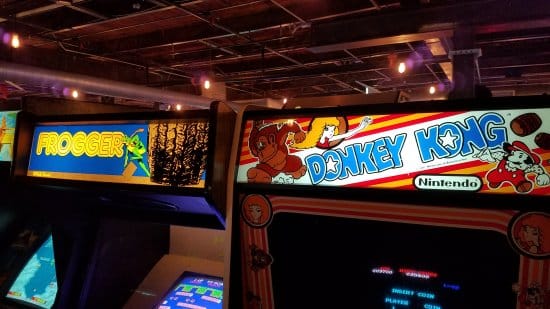
As computer equipment became more readily available, we were entertained by a slew of computer games, and the rise of stand-alone gaming consoles in arcades. In 1978, we were treated to Space Invaders, which sparked a spike in new titles from a range of developers. Among them was a Japanese playing card manufacturer called Nintendo, which saw the market’s potential and launched a number of titles – including one called Super Mario Bros. – and captured the public’s imagination. Other game houses like Atari were hot on their heels and the world mushroomed with new titles and playable games.
The 1980s: Games Get Commercial
While the 1970s saw the games start to take advantage of growing computer power, they were still regarded as a bit niche. They were still something that geeks pored over while other people just got on with their lives, but that was about to change.
The first commercial arcade video game arrived in 1971 in the form of Computer Space from Nutting Associates. This coin-operated oddity was a commercial rebranding of the early 1960’s game Spacewar!, and came built into a spectacularly-weird stand-alone console. Nolan Bushnell and Ted Dabney – the brains behind Nutting Associates – had struggled to get the game running on the commercially available microcomputers of the time, and decided to take a whole new direction. They reasoned that, if they could make it cheap enough, a stand-alone device could be installed in places where people gather. Mechanical ‘fruit machines’ made money in places like pubs and clubs, surely computer-based game consoles could also do that.
Fresh In
This was actually a forward-thinking notion, but potentially its own downfall since it may have been a step too far for the general public. Computer gaming was seen as something more attuned to younger generations; those who played fruit machines for the chance of winning money in pubs were unlikely to play computer games for the skill and credibility amongst their peers.
The company ultimately sold only 1,500 units but much of that may have been down to the clunky operation and poor ergonomic design. The Spacewar! game was controlled by a row of buttons rather than a joystick and was, despite the relative slowness of the graphics, a bitch to drive with any real speed! However, even though Spacewar! wasn’t an overnight success, the pair recognised the potential and left Nutting to set up another company that would focus solely on stand-alone consoles, and that company was called Atari.
Atari’s first foray into console gaming hit paydirt; in 1972, the company introduced Pong and with that, started a revolution in computer gaming.
The relatively fast play of Pong demonstrated the power of computer gaming. With companies eyeing the growing number of predominantly young people queueing up to play it in arcades, the potential or healthy profits from gaming were becoming apparent. The next few years saw a multiplicity of computer consoles sporting stand-alone games, and there were some crackers amongst them too, like:
Pac-Man (1980)
The arcade console came courtesy of Namco’s Toru Iwatani. It was followed up just months later as a home version on the Atari 2600, sealing the ever-hungry Pac-Man’s fate as one of the most iconic computer characters ever. Apparently, Toru Iwatani got the idea for the pizza-looking dude from… a pizza that was missing a slice!! Who says that art doesn’t imitate life?

Donkey Kong (1981)
The simplicity of an ape hurling barrels at his moustachioed foe captured the public’s imagination almost overnight and inspired one of computing’s greats. The character originally known as ‘Jumperman’ was renamed by his creator Shigeru Miyamoto for use in an impending new game, and that name was (drum roll), Mario!

Popular Products
M.U.L.E (1983)
Making the list by virtue of being the first real cooperative multiplayer game, catering for up to four players, M.U.L.E was, um, okay-ish to play but demonstrated a potential that other developers would exploit.
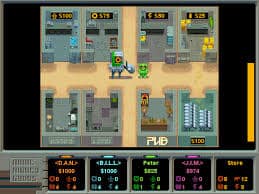
Tetris (1984)
The eponymous world of George Orwell was alive and kicking behind the Iron Curtain, but that didn’t stop Russian mathematician Alexey Pajitnov from sneaking out the code for this exciting and frustrating puzzle game. It was so successful that, just five years later, Nintendo bundled it with every new Game Boy that they sold.

Legend of Zelda (1987)
This title from gaming design legend Shigeru Miyamoto is exceptional because it marked the origins of fantasy role-playing games and was the mould for future titles of the same vein. Obviously, this was one for home consoles since it wasn’t just five minutes of furious handwork for a dubious result—as was seen in the growing number of arcades. This formula was quickly taken up by the more adult-themed Leisure Suit Larry, which was marketed as a comedic soft porn adventure—a growing sub-genre in itself.
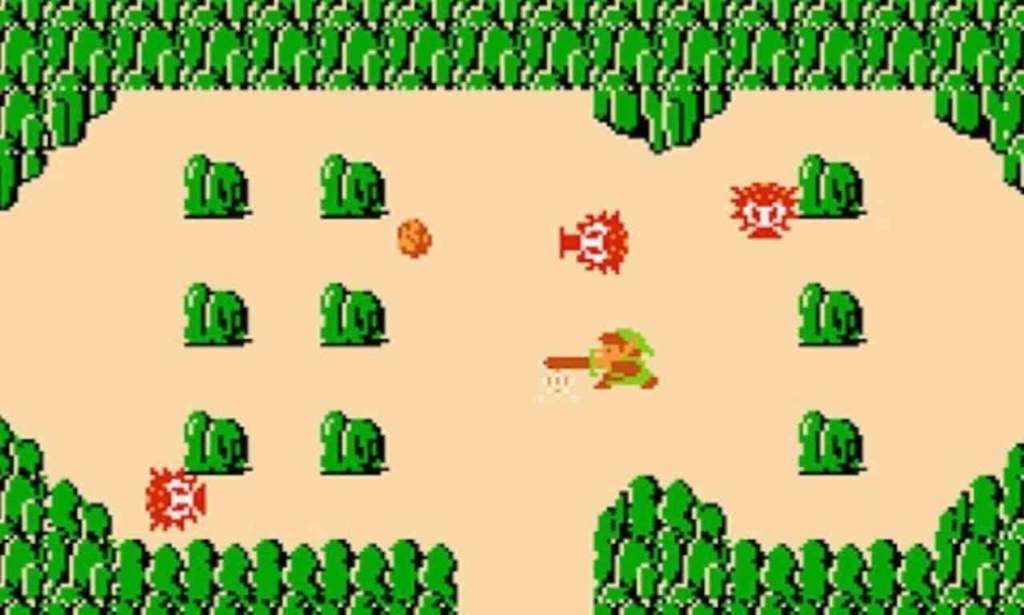
John Madden Football (1988)
Sports simulators soon saw the potential of reaching out to gamers. While the first versions were slow and pixelated – as was everything of the time – they helped introduce computers to a whole new section of the community. Other developers saw the potential and sports simulation started to grow rapidly as a genre.
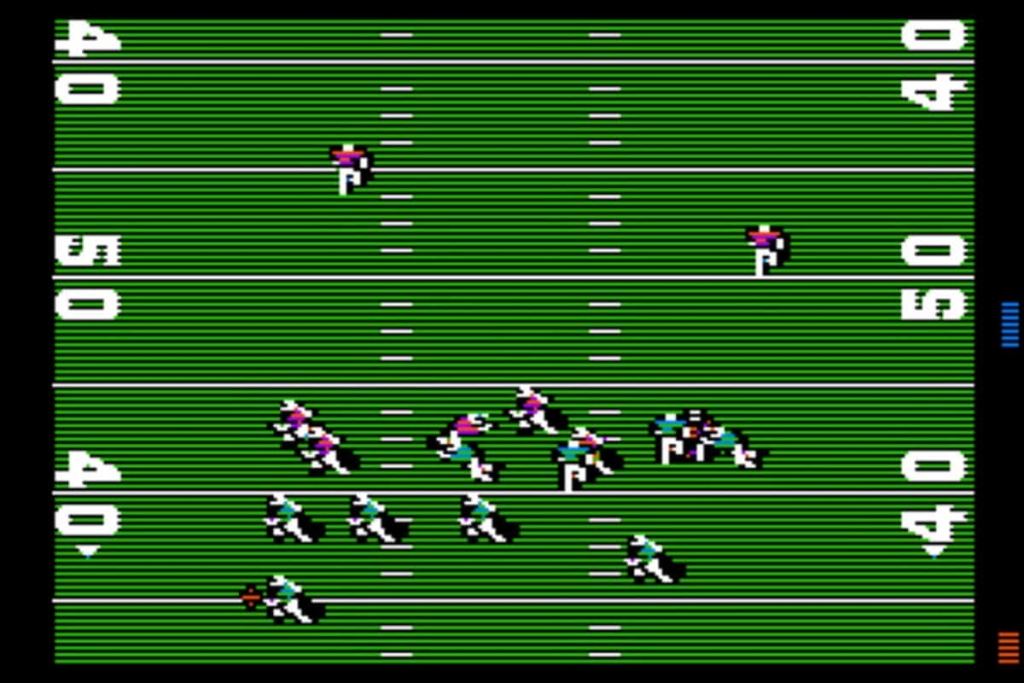
Fresh In
Special Mention: E.T. The Extra-Terrestrial (1982)
While most of the above games were pure gold, obviously the early days threw up a few stinkers too, but one, in particular, was a stinker which was marred with possible controversy, making it doubly a stinker. On top of all that, its demise is now something of an urban legend, so sit back and enjoy the ballad of E.T. The Extra-Terrestrial.
E.T. the film was released to emotion-ridden audiences in 1982, and both Universal Pictures and Stephen Spielberg were keen to capitalise on success by getting some kind of computer game going. People loved E.T. the movie, and people loved computer games; how could an ET. Computer game not be a success?
Warner Communications’ gaming arm – Atari – certainly thought that this was going to be commercial gold and with the blessing of Universal and Spielberg, game designer Howard Scott Warshaw was engaged in designing the platform. Warshaw had been a leader of the team behind the commercially acclaimed Raiders of the Lost Ark game so it seemed obvious to pick him to helm the new title.
Warshaw was called in in late July 1982 to be given the project, with a perceived timescale of a little over a month to complete. He was also given an estimated budget of $20-25 million! A big ask indeed, but Warshaw believed it was possible.
Now, short product development times invariably mean cut corners, and we’re not going as far as to say that Warshaw reused parts of code from previous games, but the end result was universally panned and is often cited as the most awful game in the history of gaming. Critics of the time hated the low-poly graphics and repetitive gameplay that generally saw E.T. falling into pits to be rescued by Eliot, only to fall in a pit again. E.T.’s task was to collect three parts that made up an interspatial phone—and to avoid falling into pits. He wasn’t particularly good at either. The poorly thought-out collision physics in the engine meant that as soon as E.T.s sprite touched a designated pit, he fell into it, so game players had to tiptoe around the environment. But the blocky nature of the game meant that precision simply wasn’t possible, and so into the pits it was for poor E.T.
In fact, so bad was it that it led directly to Atari’s demise as a company and hastened the computer-game crash of 1983, which saw the business stock of many computer companies plummet. Atari, in its company death throes, decided to quite literally bury the evidence since it was worthless literally. An estimated 730,000 copies of the game cartridge were buried in a landfill at Alamogordo, New Mexico. While this was for a long time thought to be an urban legend, it was confirmed at the time by James Heller, a former Atari manager who was in charge of the burial. We might also have scoffed at that were it not for the fact that several copies of the game were, ahem, unearthed. A 2014 excavation of the site quickly turned up a huge number of Atari game cartridges of various titles, including the E.T. title, some of which can be seen in the Smithsonian Museum.
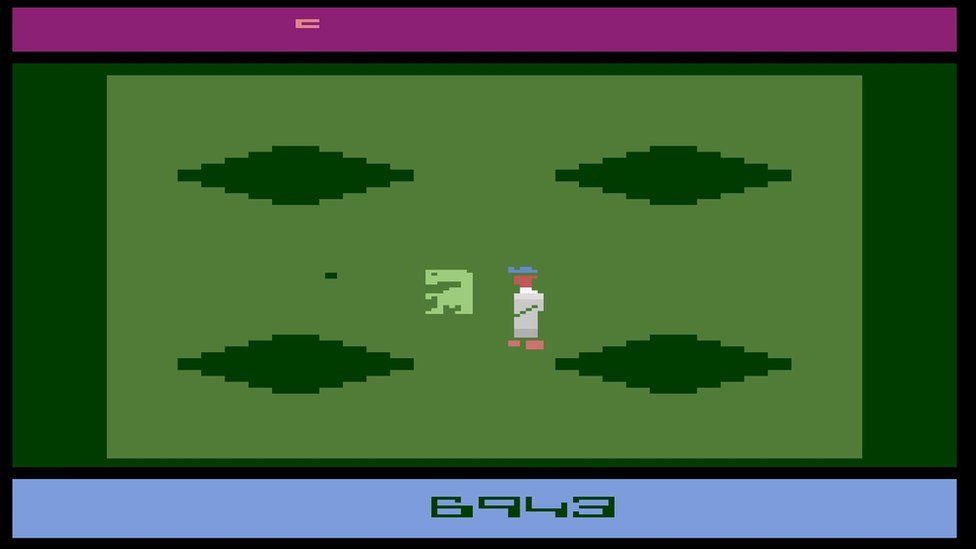
The financial impact of E.T.’s failure on Atari was enormous and the company never really recovered. In an attempt to recoup some profits, the company started to licence popular arcade games for the Atari consoles, but it wasn’t enough to prevent the inevitable slide into dissolution. However, the potential for the defunct company’s code to find its way into new titles was high, and the demise of Atari may have been the first step in the development of game engines.
Popular Products
The Development of Game Engines
There were, of course, a huge number of other notable titles that cropped up during the 1980s and we can’t cover them all, so don’t shout at us if we have missed off your particular favourite memory! We could have mentioned Star Raiders or Mission Impossible, Emlyn Hughes International Soccer or Out Run; we could have included Zork or Metroid. The 1980s was awash with some great titles, but some represented greater milestones than others.
Computing power was growing and there were an expanding army of developers who were keen to immortalise their imagination in the pixels of video games. It was a golden age for arcade-style gaming and more people were becoming absorbed in the sheer fun of gaming.
But, essentially, these were all standalone titles, and while particular game developers may have reused sections of code in their own games, there was no cross-pollination between different developers. No one sought to license others to use their code to create new games.
However, the seeds of that particular situation weren’t far away, and it wouldn’t be many more years before games took a whole new direction. Like the exact moment when we can see Ralph Wiggum’s heartbreak in Simpsons episode “I Love Lisa”, we can pinpoint the juncture when gaming took the turn that would lead to the development of common game engines, and if that time had a name, it would be DOOM!.
Next time, we step into the 1990s and look at a time when gaming engines really started to take shape.

